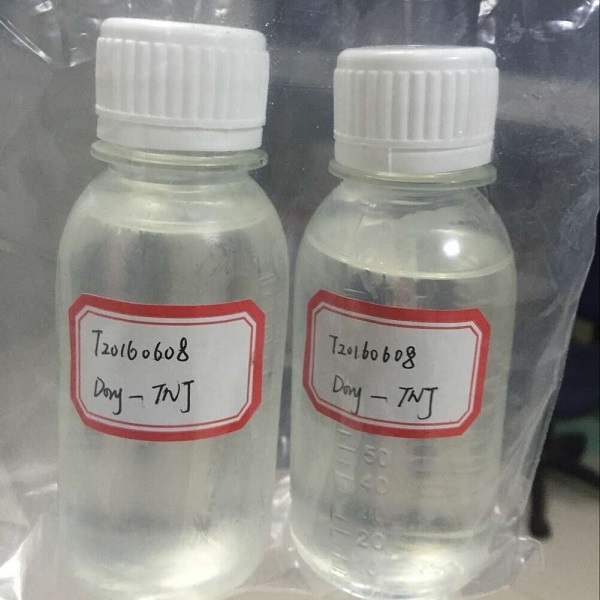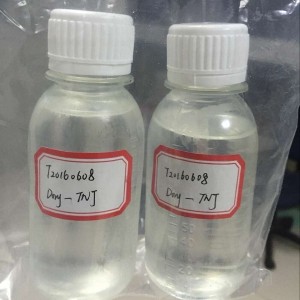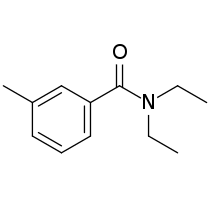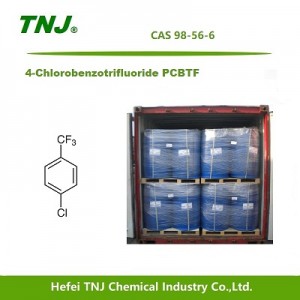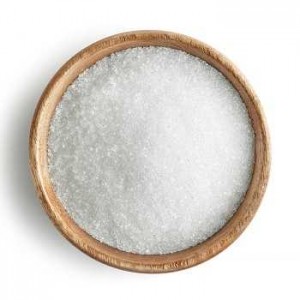N,N-Diethyl-m-toluamide DEET CAS 134-62-3
N,N-Diethyl-m-toluamide , also known as DEET with CAS 134-62-3, is a light yellow oily substance commonly used in mosquito repellents. It is sprayed on clothing and is mainly used to repel mosquitoes. DEET can prevent tick bites, prevent diseases caused by Rickettsia, tick borne encephalitis, and other tick borne diseases, such as Lyme disease. It can also prevent mosquito borne pathogens such as dengue fever, malaria, West Nile virus, and Eastern equine encephalitis virus.
DEET, used as an insect repellent, is a special agent for removing mosquitoes, preventing animals from being attacked by pests, and preventing mites.
As a broad-spectrum insect repellent, DEET has a repellent effect on various biting insects in various environments. DEET can repel stinging flies, midges, black flies, chigger mites, deer flies, fleas, gnats, horse flies, mosquitoes, sand flies, small flying insects, stable flies, and ticks. DEET has been used by thousands of people for over 40 years, with over 200 million people using it annually.
DEET can be used to prepare mosquito repellent perfume, mosquito repellent toilet water, mosquito repellent ointment, mosquito repellent soap, mosquito repellent shampoo and many other mosquito repellent products. It has good mosquito repellent effect, good hydrolysis performance, good compatibility, and a wide range of uses.
Specification
Appearance Straw yellow and limpidity liquid
Refractive Index (25℃) 1.5200~1.5240
Acidity (PH),mlNaOH/g ≤0.40
Specific Gravity 0.996~1.002
Water,% ≤0.50
Assay, % 98.0~103.0
Application
DEET is the active ingredient in many insect repellent products.
DEET is used to repel biting pests such as mosquitoes and ticks, including ticks that may carry Lyme disease.
Packaging
200 kgs/drumx80 drums=16 tons/1×20′ FCL with pallets or without pallets
25 kgs/drum

